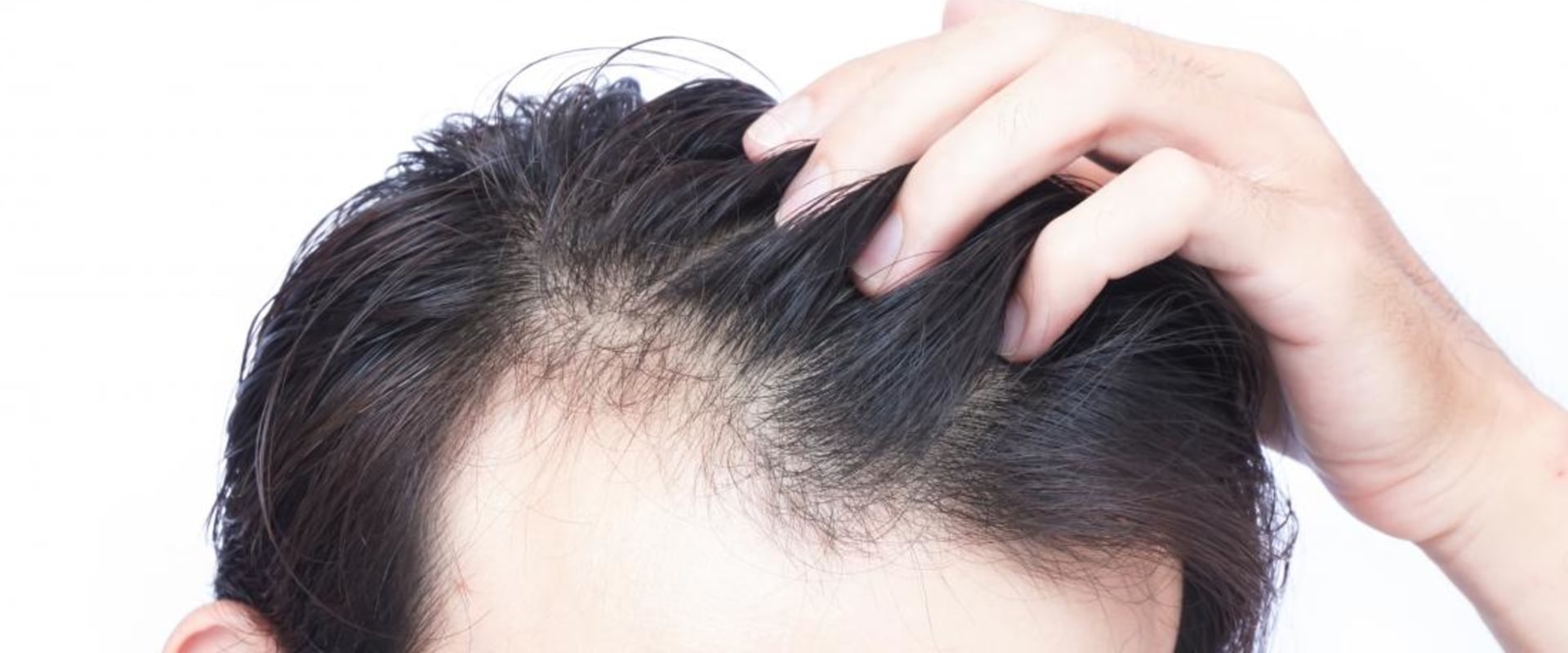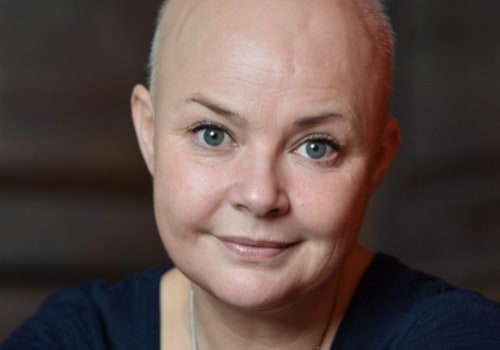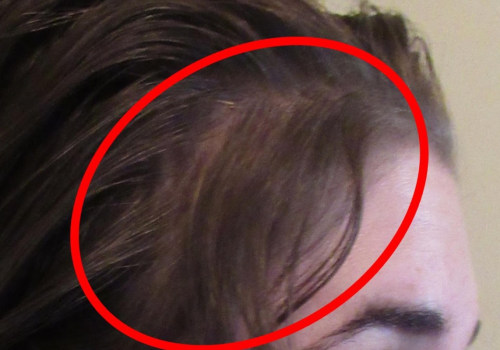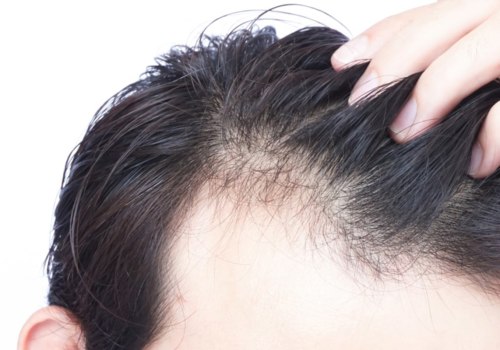You may be able to reverse hair loss, or at least delay it. With some conditions, such as patchy hair loss (alopecia areata), hair can grow back without treatment within a year. Age, genetics, hormones, thyroid problems, medications, and autoimmune diseases can cause hair loss. Whether, and how quickly, your hair grows back after hair loss will depend on the underlying cause of your hair loss.
How long it takes for hair to grow back depends on the underlying cause of hair loss. As we age, some follicles stop producing hair. This is known as hereditary hair loss, pattern hair loss, or androgenetic alopecia. This type of hair loss is usually permanent, which means that the hair will not grow back.
The follicle itself wrinkles and is unable to regrow hair. You may be able to slow the process of hair loss with a prescription oral treatment called finasteride (Propecia) or a topical treatment called minoxidil (Rogaine). Many men with male-pattern hair loss eventually go bald. Female pattern hair loss can cause hair to thin, but rarely leads to baldness.
Alopecia areata is an autoimmune condition in which the immune system mistakenly attacks the hair follicles. Hair usually falls out in small patches on the scalp, but hair loss can occur in other parts of the body, such as the eyebrows, eyelashes, arms, or legs. Scalp psoriasis can cause temporary hair loss. Scratching your scalp to relieve itching or remove scales can make it much worse.
Once you find an effective treatment for your psoriasis and stop scratching your scalp, your hair will begin the growth process. Hair loss due to hormonal changes and imbalances is temporary, although it is difficult to predict when hair will begin to grow again. Conditions that cause too much thyroid hormone (hyperthyroidism) or too little thyroid hormone (hypothyroidism) can cause hair loss. Hair will normally grow back once the thyroid disorder is successfully treated.
Not getting enough iron or zinc in your diet can cause hair loss over time. Correcting the deficiency can provoke hair growth. Even so, it can take several months for hair to grow back. Chemotherapy is usually used to treat cancer.
Chemotherapy is a powerful drug that attacks rapidly sinking cells, such as cancer cells, but it can also attack hair follicles in the scalp and other parts of the body, leading to rapid hair loss. Your new hair may grow back to a different texture or color than before. In rare cases, hair loss from many years of strong chemotherapy can be permanent. Telogen effluvium occurs when a large number of hair follicles on the scalp enter the telogen (rest) phase of the growth cycle at the same time, but the next growth phase does not begin.
Hair starts to fall out all over the scalp, but no new hair grows. It is usually triggered by a medical event, such as childbirth, surgery, or high fever, or by starting or stopping medicines, such as birth control pills. The telogen effluvium usually begins about three months after the event. Hair may look thin, but you probably won't go completely bald.
Once the triggering event is treated (or recovers from the disease), hair may begin to grow again after six months. However, this type of hair loss can last for years in some people. While taking steps to support hair growth, consider wearing a wig or hair extensions in the meantime. Hair transplants may be another option for permanent hair loss.
But you must do what makes you happy. Hair grows back at a rate of about 6 inches per year. If your hair falls out, see a doctor to be diagnosed with the cause of your hair loss. If your hair loss is caused by a medical condition, you'll need treatment to treat the entire condition, not just its symptoms, before your hair can recover.
Both medicines can be effective in preventing androgenetic alopecia from getting worse. Unfortunately, these treatment options do not always help the hair grow back if it has already been lost, so it is important to seek treatment as soon as possible to preserve it. Alopecia areata causes scalp hair to fall out in small patches. This condition tends to develop suddenly, within days.
Although the cause of alopecia areata is unknown, studies suggest that genetics and stress could be the main triggers. Most patients who suffer from alopecia areata recover completely, without any treatment. Therefore, if you suffer from alopecia areata, your hair will usually grow back. Hair grows everywhere on human skin, except in places such as the palms of the hands and soles of the feet, eyelids and navel, but many hairs are so thin that they are practically invisible.
Hair is composed of a protein called keratin that is produced in the hair follicles of the outer layer of the skin. As the follicles produce new hair cells, old cells are expelled through the surface of the skin at a rate of about six inches per year. The hair that can be seen is actually a chain of dead keratin cells. The average adult head has between 100,000 and 150,000 hairs and loses up to 100 of them a day; finding some loose hairs on the brush is not necessarily cause for alarm.
Hair loss symptoms and treatments vary depending on the cause, so seeking a professional diagnosis is the best way to get a treatment plan that addresses your needs. But they are coming, promises George Cotsarelis, MD, director of the Hair and Scalp Clinic at the University of Pennsylvania, Philadelphia. In women, the hairline does not recede and rarely leads to total baldness, but the hair usually becomes thinner all over the head. Fusco says that there is something called miniaturization that happens at the follicular level when a hair falls out.
If you experience more hair loss than normal, check your stress levels and work to eliminate stress. This condition is also known as androgenetic alopecia and occurs when hair follicles become unable to develop new hair. It's not always possible to grow hair that has fallen out, but that doesn't mean you have to accept baldness as part of life. Those considered active for hair growth include ginseng, pumpkin seed, zinc, vitamin B6, horsetail extract, rosemary and chamomile.
The hair is composed of the hair follicle (a pocket in the skin that anchors each hair) and the shaft (the fiber visible above the scalp). There are about 100,000 follicles on the scalp, but because each follicle rests at a different time and others produce hairs, hair loss is usually imperceptible. In addition, “maintain a healthy diet and proper hygiene of the hair and scalp to keep existing hair healthy,” he says. In addition, these hair precursor cells produce a protein called stem cell factor (SCF), which plays a key role in hair pigmentation.
. .





